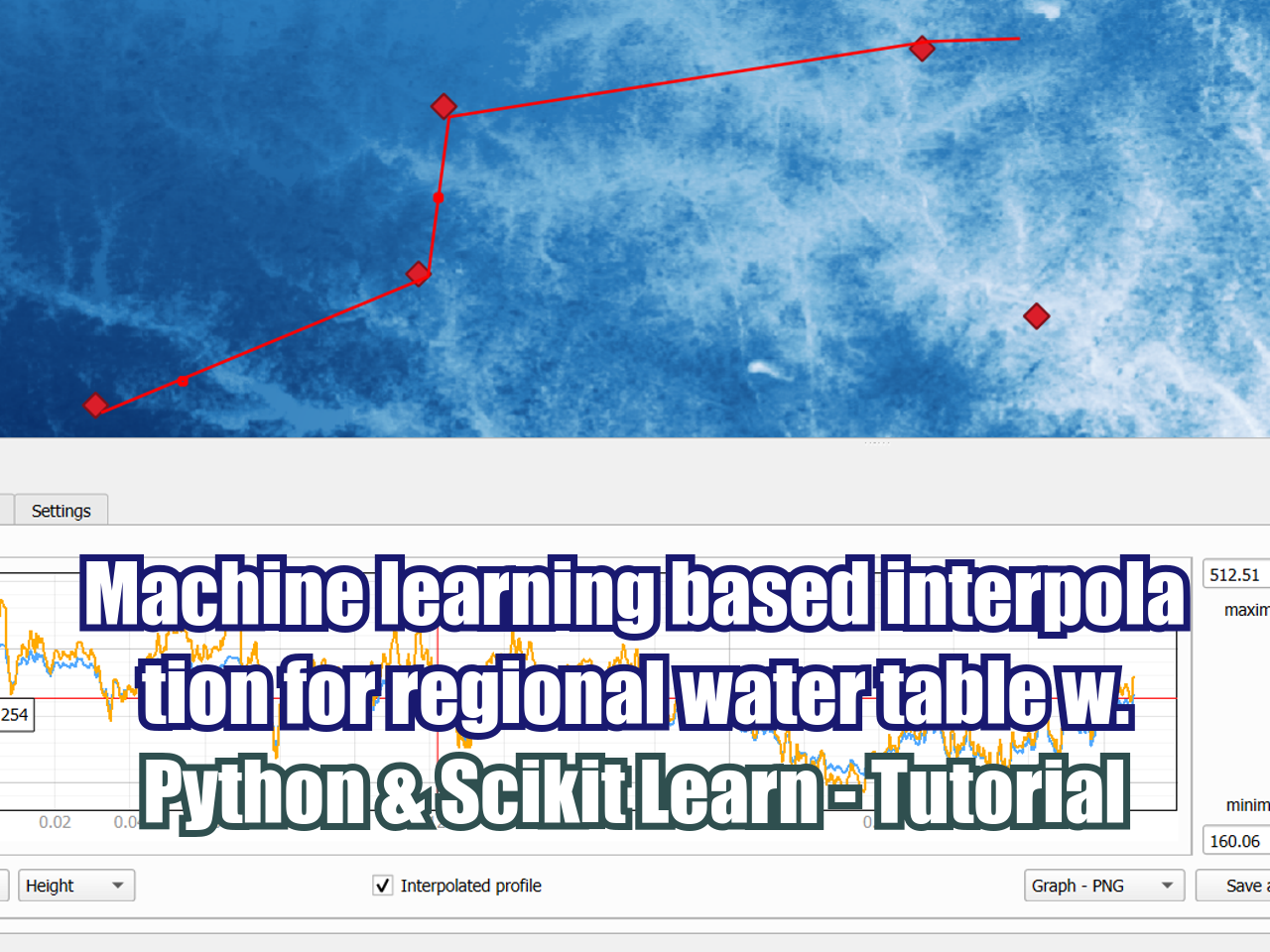Evaluation of saltwater intrusion, analysis of salt distribution in groundwater, and prediction of future scenarios requires the use of numerical tools that are in constant development. The latest tool available for variable density flow developed by the USGS is the BUY package from MODFLOW6 that is implemented in Flopy and Model Muse. The combination of these tools allows creation of groundwater flow models for seawater intrusion in a short period of time, precise analysis of water balances and brine concentration and potential coupling with other tools such as PEST.
Objectives
This course has the following objectives:
Give an overview of the main features of the BUY package.
Develop seawater intrusion models from simple to complex examples.
Analyze the brine distribution and the interaction with boundary conditions.
Being a reference for the development of other saltwater intrusion models.
Audience
This course is intended for practicing geohydrologists, engineers, and ground-water professionals who wish to build upon existing modeling capabilities. Students are expected to had prior training in groundwater modeling with MODFLOW and Model Muse. Some basic comfort and familiarity with python is expected.
Content
The summarized content of every session is described below:
Session 1
Introduction to BUY package in MODFLOW6
Overview of the bouyancy package (BUY) in MODFLO6 that implements variable density flow from one and multiple chemical species. This part also explores the package formulation, the structure of blocks, and cases of implementation.
Basic seawater intrusion model in MODFLOW6 and Model Muse
Simple case of groundwater modeling that shows all the related steps to build and run seawater intrusion with MODFLOW6 and Model Muse. The example covers a 2D groundwater flow model on steady state boundary conditions and regional flow.
Session 2
3D seawater intrusion groundwater model with enhanced output analysis
Multilayer seawater intrusion model created on Model Muse and MODFLOW 6 that has seawater and a salt lake as sources of salinity. Simulated model is imported with Flopy for the representation of heads and concentrations together with the flow directions.
Session 3
Transient 3D seawater intrusion groundwater model with water and mass balance analysis
Example of seawater intrusion modeling with more realistic conditions. This is a transient model of multiple layers with regional flow and pumping from different pumping fields that are imported from spatial data files. An input/output analysis for flow and transport from the boundary conditions is performed on a Jupyter notebook.
Session 4
Geospatial seawater intrusion modeling on a coastal aquifers
Regional modeling of seawater intrusion build with geospatial data on vector and raster format. The applied case shows the impact of intense groundwater exploitation of 50 wells in a simulation period of 60 years. The model has a series of confined and unconfined layers according to topography and water extraction.
Session 5
Geological modeling on a coastal aquifer and coupling with MODFLOW
First part of a composed session for the seawater intrusion simulation with hydraulic parameters related to a geological model generated from point source data. This session covers all steps from raster (array) generation for all surfaces together with the orientation sampling and format of surfaces/orientations as Gempy input files. The generated data was inserted in the Aquifer App that implements an interface to create Gempy models. Finally the lithology is imported to Modflow with Model Muse.
Session 6
Numerical simulation of seawater intrusion coupled with 3D lithology
Second part of a composed session for the seawater intrusion simulation with hydraulic parameters related to a geological model generated from point source data. This session builds the groundwater flow model, set the saltwater intrusion features and makes plots of the heads and concentrations for a series of observation points.
Methodology
Here are some details of each methodology:
The course consists of online classes and has manuals, input data and live support through meet or chat.
All classes are recorded and available on our online platform.
There is an exam required to get the course certification.
Date and time
September - 2024 (Central European Time (CET) - Amsterdam)
Wednesday 18, 2024 from 6:00 pm to 7:30 pm.
Friday 20, 2024 from 6:00 pm to 7:30 pm.
Monday 23, 2024 from 6:00 pm to 7:30 pm.
Wednesday 25, 2024 from 6:00 pm to 7:30 pm.
Friday 27, 2024 from 6:00 pm to 7:30 pm.
Monday 30, 2024 from 6:00 pm to 7:30 pm.
Cost and payment method
Discount available if you pay before September 1, 2024.
The cost with a 20% discount is $ 200 dollars.
The normal cost is $ 250 dollars.
Register
You can make the payment and register in our new ecommerce site:
After payment send us a message to: saulmontoya@hatarilabs.com in order to confirm your enrollment in the course.
























